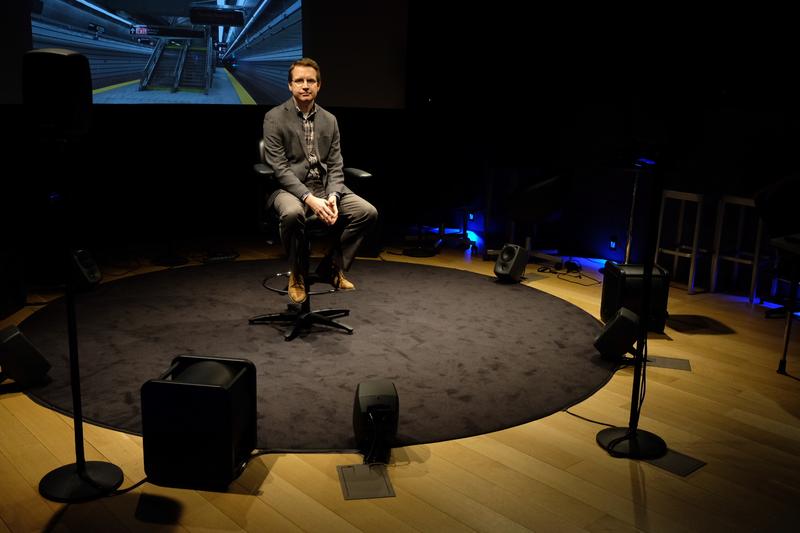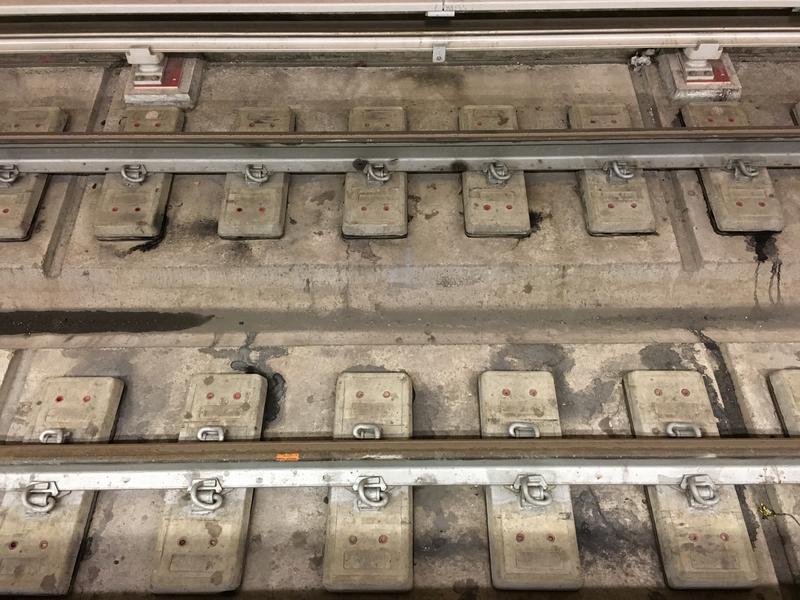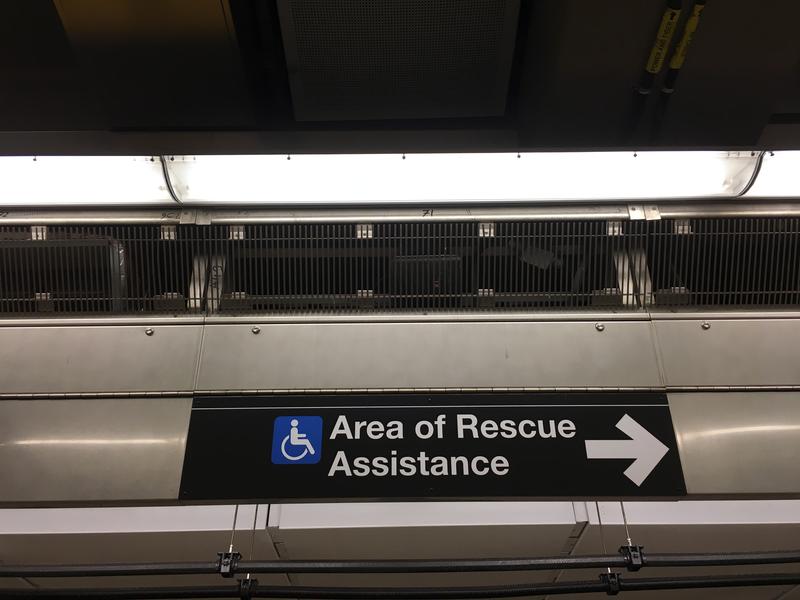
Much praise has been heaped on the Second Avenue Subway since the line opened this year, from the artwork to the clean modern design. But there’s another subtle way these three stations are different: the way they sound.
"We're saying, no, we can do better than that, we can create an environment where it's comfortable, where you can hear yourself think, where you can hear the public address system," said Joe Solway of the international engineering firm ARUP, which designed the new Second Avenue stations.
Solway was responsible for the improving the sound of the stations. His firm has worked on the World Trade Center pavilion, the Greek National Opera House and London's high-speed rail lines, among other projects. But nothing is quite like the New York City subway system.
"The new system had to work with the existing system, so it wasn't a clean slate," he said.
Solway works in a 20 x 20 foot sound proof room in a studio near Wall Street. It’s not quite as pristine as an anechoic chamber, but it’s very quiet. The room is actually sitting on a layer of rubber and the walls are isolated from the surrounding structure. There's a row of six speakers at ground level, six at ear level and six closer to the ceiling that can simulate and model the sound of any space, in 3D.
Solway spent 15 years working on the new Second Avenue subway, figuring out how to eliminate squealing wheels and loud distorted announcements.
To minimize the rumbling when trains pull into the station, they re-designed the very way the rails are fastened to the ground. The concrete ties have individual concrete boots, encased in rubber that mitigates the vibration of the trains. The MTA said these "low vibration" tracks cost $3,500 per linear foot, compared to traditional wooden railroad ties that cost $4,000 per linear foot.
Before putting in a new public address system, Solway analyzed why station announcements at old stations are so poor. He studied the breakdown in the signal chain — how the sound gets from the station agent's mouth to your ear.
He found problems in everything from the band-limited push-to-talk microphones, the sound booths that let in a lot of background nose, to the cables that were not properly shielded, and the old speakers.
In the new Second Avenue stations there are better booths and cables, as well as high quality JBL Control 25 speakers for announcements. To minimize the noisiness of the stations, they installed sound absorbing panels on the ceiling and walls.
"It’s very quiet, like unusually quiet, not like when you take the number 6 train," commuter Rafael Colon said on a recent morning. "There’s definitely a difference. It’s much more calm. You don’t feel like it's aggressive — much more relaxed."
And yet, on another morning, the W train was running on the Q line, and at 96th Street, the speakers from the train, and the platform canceled each other out, leaving customers confused and unsure what was happening.
You can engineer a great station, but the MTA still has to run it properly.


